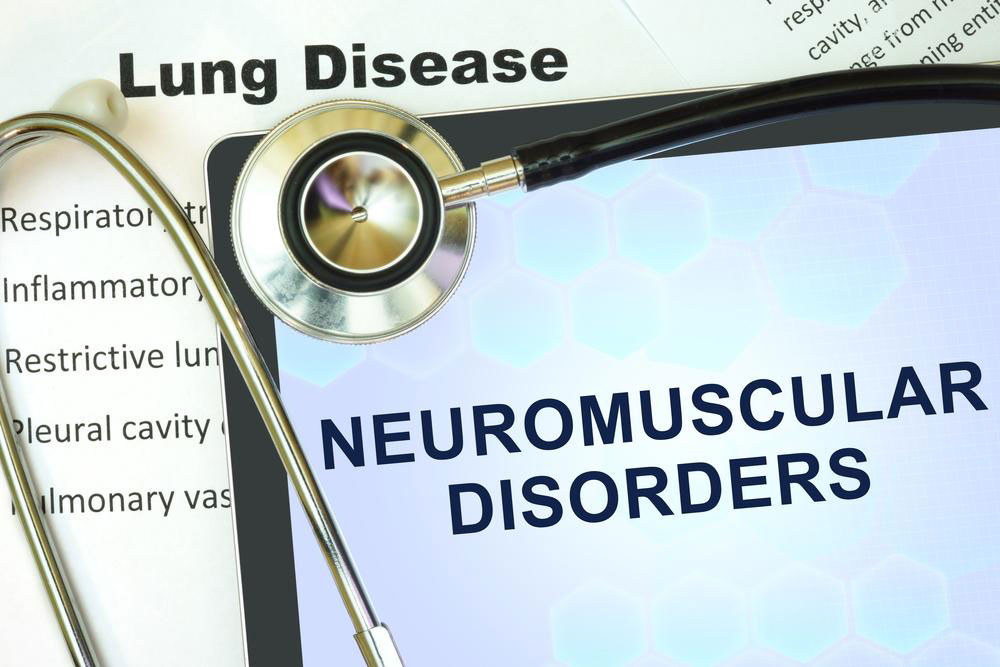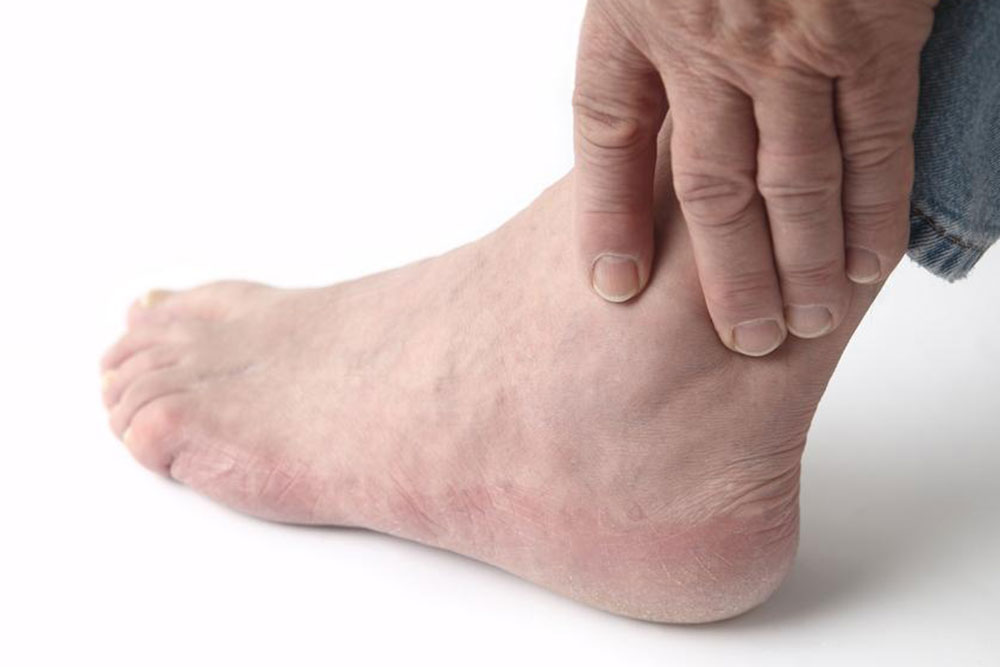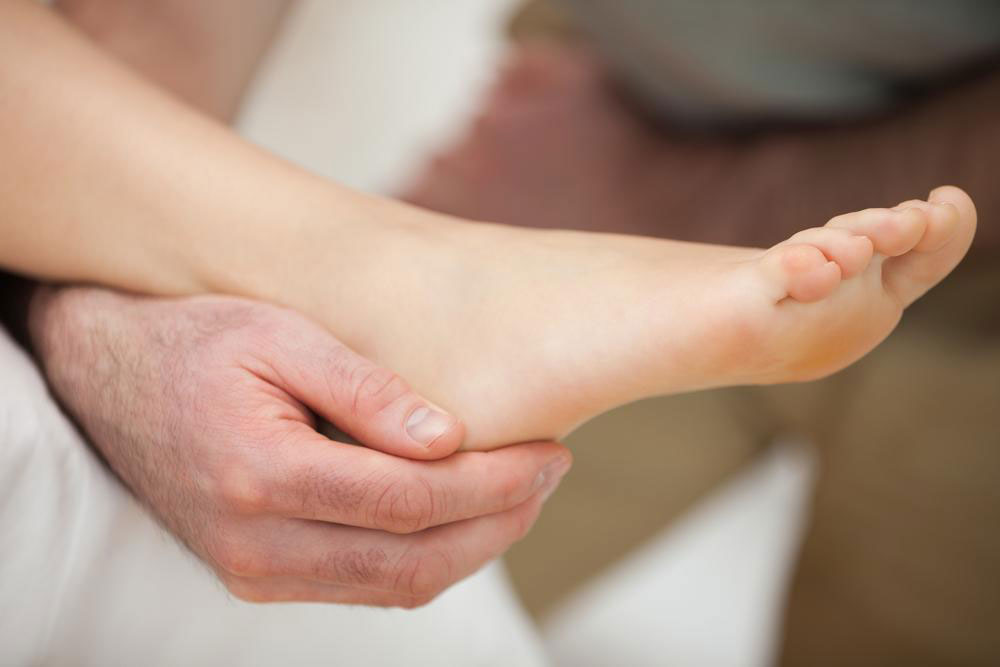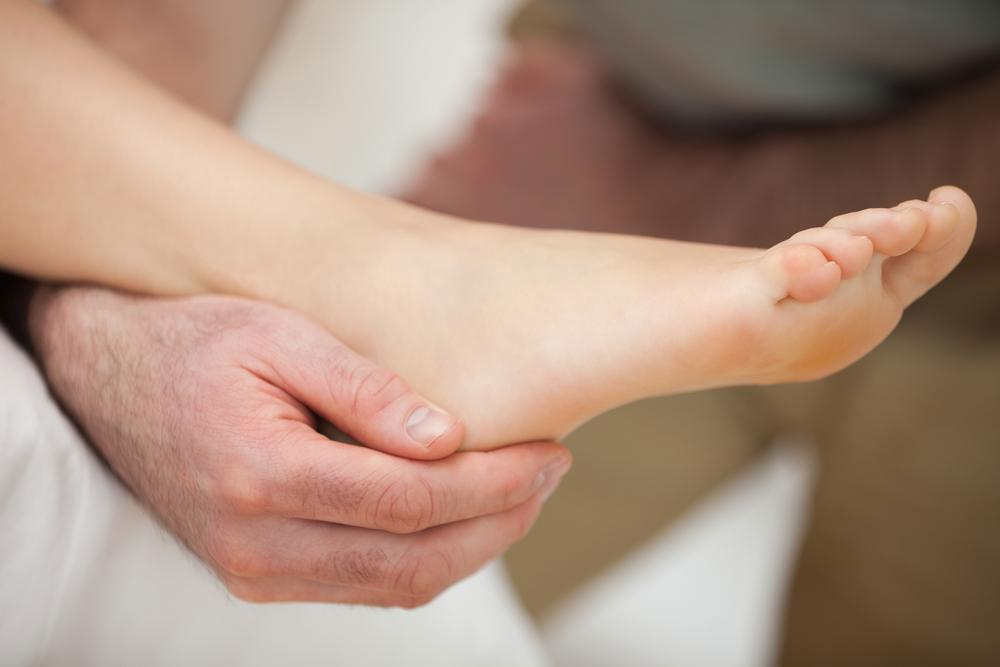Top 8 Neuromuscular Conditions You Should Be Aware Of
This article provides an overview of eight common neuromuscular disorders, highlighting symptoms, causes, and management strategies. It aims to educate readers about these conditions affecting muscle control and mobility. Early diagnosis and symptom management are crucial since no cure currently exists for these disorders.
Sponsored

Neuromuscular diseases disrupt the nerves that control voluntary muscles, leading to muscle deterioration, mobility issues, and joint problems. Severe cases may also cause complications like heart or lung conditions. This article highlights eight prevalent neuromuscular disorders affecting individuals today.
Amyotrophic lateral sclerosis (ALS): ALS gradually impairs motor neurons in the brain, causing progressive disability and muscle weakness.
Charcot-Marie-Tooth disease: An inherited genetic disorder affecting peripheral nerves in the limbs, leading to numbness, weaker muscles, and loss of coordination.
Multiple sclerosis: An autoimmune disease where the immune system damages the protective myelin covering nerve fibers, disrupting communication between the brain and body.
Muscular dystrophy: A group of genetic disorders characterized by progressive muscle weakness and loss, primarily affecting young males.
Myasthenia gravis: An autoimmune condition causing voluntary muscle weakness, with common signs including drooping eyelids, fatigue, and difficulties in chewing or speaking.
Myopathy: Muscle fiber disorders marked by cramps and stiffness, often resulting in reduced muscle strength.
Myositis: Inflammation of muscles caused by infections, autoimmune reactions, or medication side effects.
Spinal muscular atrophy: A genetic disorder in children that weakens spinal motor neurons, impairing breathing and movement.
Most neuromuscular disorders are linked to genetic or immune factors with no current cure. Treatments focus on symptom management, improving mobility, and strengthening muscles and joints.






